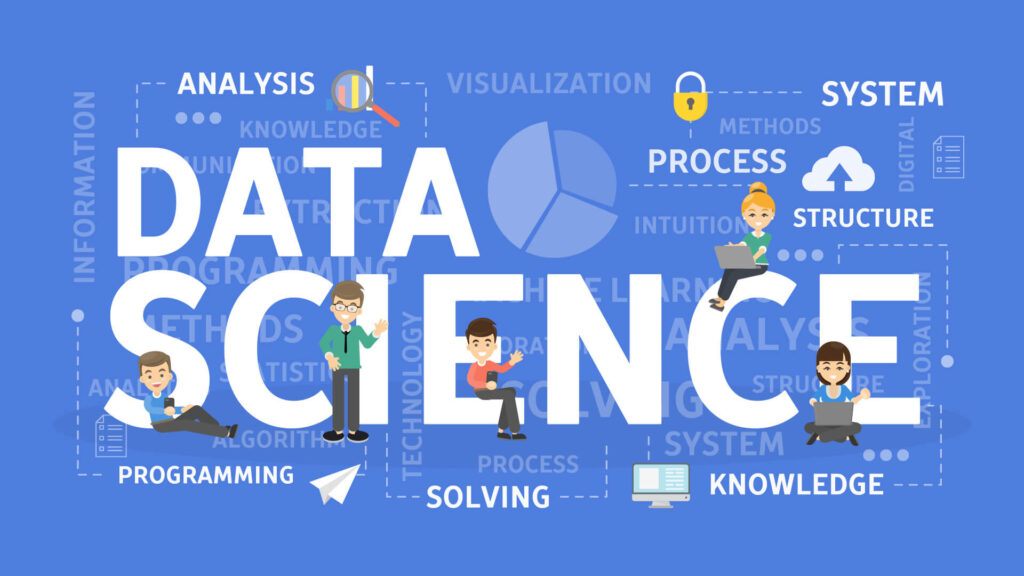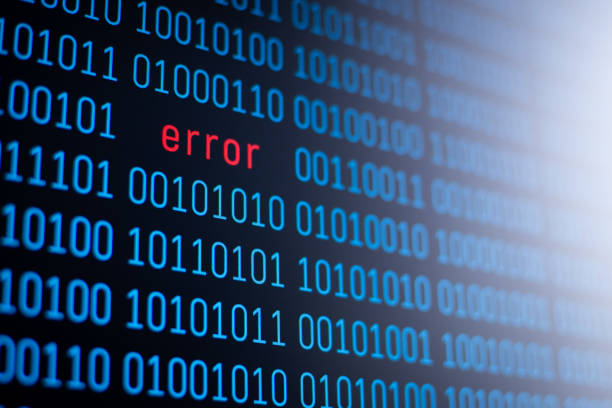Data science is often touted as one of the most exciting career paths today. However, I want to give you a full picture of what it’s really like to work in this field. This post is not meant to discourage but to show the complete reality of the job. We’ll cover various aspects including the humorous side of the profession, shared experiences of data scientists, analysts, and engineers, what the role entails, how to become one, the current job outlook, daily tasks, career alternatives, and salaries.
What is Data Science?
Data science is evolving as one of the most promising and in-demand career paths. Successful data professionals today must go beyond traditional skills like analyzing large datasets, data mining, and programming. They need to master the entire data science life cycle and be flexible and knowledgeable to maximize returns at each phase.
Effective data scientists identify relevant questions, collect data from various sources, organize the information, translate results into actionable insights, and communicate their findings to influence business decisions. These skills are essential across almost all industries, making skilled data scientists highly valuable.
Generally, you’ll use programming languages and data tools such as Python, R, SAS, or SQL in your analysis.
Becoming a Data Scientist
There are several paths to becoming a data scientist, analyst, or engineer. Contrary to popular belief, you don’t necessarily need a four-year degree to enter this field. While many job postings on LinkedIn or other platforms list a degree as a requirement, it’s possible to get a job without one. However, it can be challenging and requires proving your skills and having successful projects to your name.
Traditional Path:
- Education: Obtain a degree in data science or a related field such as computer science, statistics, or economics. Complement this with coding skills in Python, R, SAS, SQL, and tools like Tableau, PowerBI, and Excel.
- Advanced Education: If necessary, pursue a master’s degree in a specialized area of data science. This can be expensive but offers networking opportunities and broadens your knowledge base.
Alternative Path: Bootcamps Bootcamps are an effective, albeit expensive, alternative to traditional education. They typically last 3-6 months and teach you key skills like Python, R, SQL, Hadoop, and Spark. They also provide hands-on experience with data collection, analysis, visualization, statistical and predictive analysis, and programming.
Pros of Bootcamps:
- Quick career transition
- Build a professional network
- Gain high-demand skills
Cons of Bootcamps:
- Less focus on statistics (necessary for research roles)
- High cost
Potential Job Titles Post-Bootcamp:
- Data Engineer
- Machine Learning Engineer
- Big Data Analyst
- Business Analyst
- Database Administrator
Working in Data Science
Working in data science is different from academic study. In school, projects are guided, but in the workplace, you’ll be part of a team working towards company objectives, often with less guidance. You’ll collaborate with other departments like finance or sales to understand problems and build models.
Daily Activities:
- Data Engineer:
- Design, build, and maintain data architectures
- ETL (Extract, Transform, Load) processes
- Monitor data pipelines
- Collaborate with data scientists and analysts
- Machine Learning Engineer:
- Develop and optimize machine learning models
- Feature engineering and data preprocessing
- Deploy and monitor models
- Big Data Analyst:
- Analyze large datasets
- Run queries to retrieve data
- Create reports and visualizations
- Business Analyst:
- Define business requirements
- Identify business trends
- Create reports and dashboards
- Communicate insights
- Database Administrator:
- Manage and maintain databases
- Optimize database performance
- Ensure data security
- Data Scientist:
- Explore and clean datasets
- Develop predictive models
- Create data visualizations
- Collaborate with cross-functional teams
Tasks can vary depending on the organization and project. Some days might focus on data collection and cleaning, while others are dedicated to model development, analysis, or reporting. Collaboration and communication are key, as data professionals often work in interdisciplinary teams.
Conclusion
Thank you for reading! If you enjoyed this post, please like and subscribe for more tech-related content. There are more exciting videos and posts on the way!

